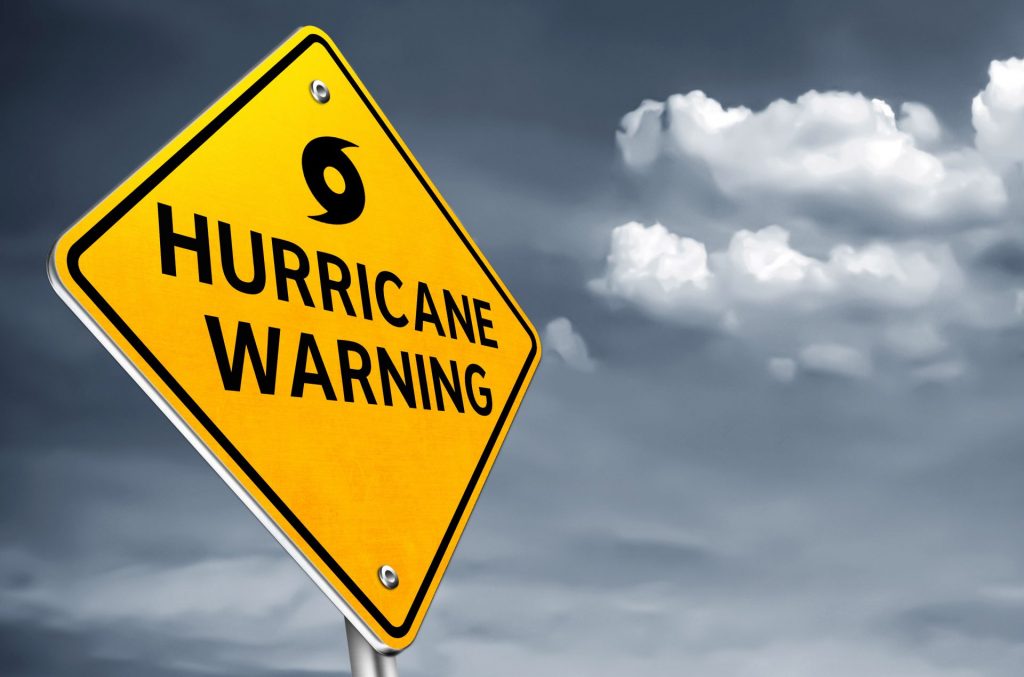Ransomware attacks in the headlines are prevalent. Yet there’s another threat that remains one of the top causes of data loss – natural disasters. Especially now in the wake of hurricane Dorian, it is important to highlight the fact that natural disasters too have the potential to cripple organizations as it could potentially damage critical IT infrastructure. Having proper disaster recovery and business continuity strategy is therefore imperative. Research conducted on businesses that have been affected by natural disasters shows:
- Wind: Organizations that were surveyed after Hurricane Harvey indicated that they were unable to recover or recreate most of their business-critical data that was lost during the disaster.
- Water: more than 50% of organizations experienced moderate to critical impact on their business viability. Many organizations found that their server rooms were flooded which meant (1) they lost business-critical data and (2) normal operations could not be restored, even from external locations.
- Fires: Approximately 3% of all events leading to business-critical data loss are caused by fires, electrical “brownouts” or lighting strikes.
- Earthquakes: The Christchurch earthquake saw many businesses fail to get back off the ground. Not only because their premises were gone, but because their business-critical data was lost due to hardware damage. Billions of dollars were spent to rebuild infrastructure and replace critical technologies and tools.
- Combined: natural disasters cost organizations worldwide approximately $520 billion each year. It is estimated that business-critical IT outages can cost organizations US$5,000-$10,000 in loss of revenues and/or productivity.
The moral of these stories? Keeping your data backed up is important. Having an effective, tested business continuity/disaster recovery plan in place is important.
Data-driven organizations that run on information that is often amassed over several years would be in big trouble should a major data loss occur. Often, organizations fail to grasp the vulnerabilities associated with natural disasters and they often have no viable disaster recovery strategy. On a balance of probabilities, small and medium enterprises (SMEs) that are highly dependent on their data would either take long to resume their operations or never recover from a disaster. It is therefore imperative to prepare for the worst-case scenario to avoid loss of data (and revenue).
Although it is impossible to prevent natural disasters, the risks associated with it can be managed with effective disaster recovery planning. Effective disaster recovery during and after a natural disaster struck, will allow you to minimize downtime and get back to business as soon as possible. For example, a report from ITIC shows that the financial implications of downtime for one hour are:
- more than $100,000 for 98% of respondents;
- more than $300,000 per hour for 81% of companies; and
- $1 million to $5 for 33% of firms.
Can your organization afford this?
Climate change
Of course, where natural disasters are present, the discussion must necessarily turn to climate change. The scientific community agrees that with the rise in global temperatures, extreme storms will become more common. It is therefore imperative that organizations prepare for a broad range of natural disasters and ensure that operations can be resumed rapidly after a disruptive event.
Securing your organization’s data through disaster recovery and business continuity solutions is essential to protect your business during a natural disaster. Stage2Data is one of North America’s most trusted cloud solution providers, offering secure data management at a cost-effective price. Contact our team for more today.



